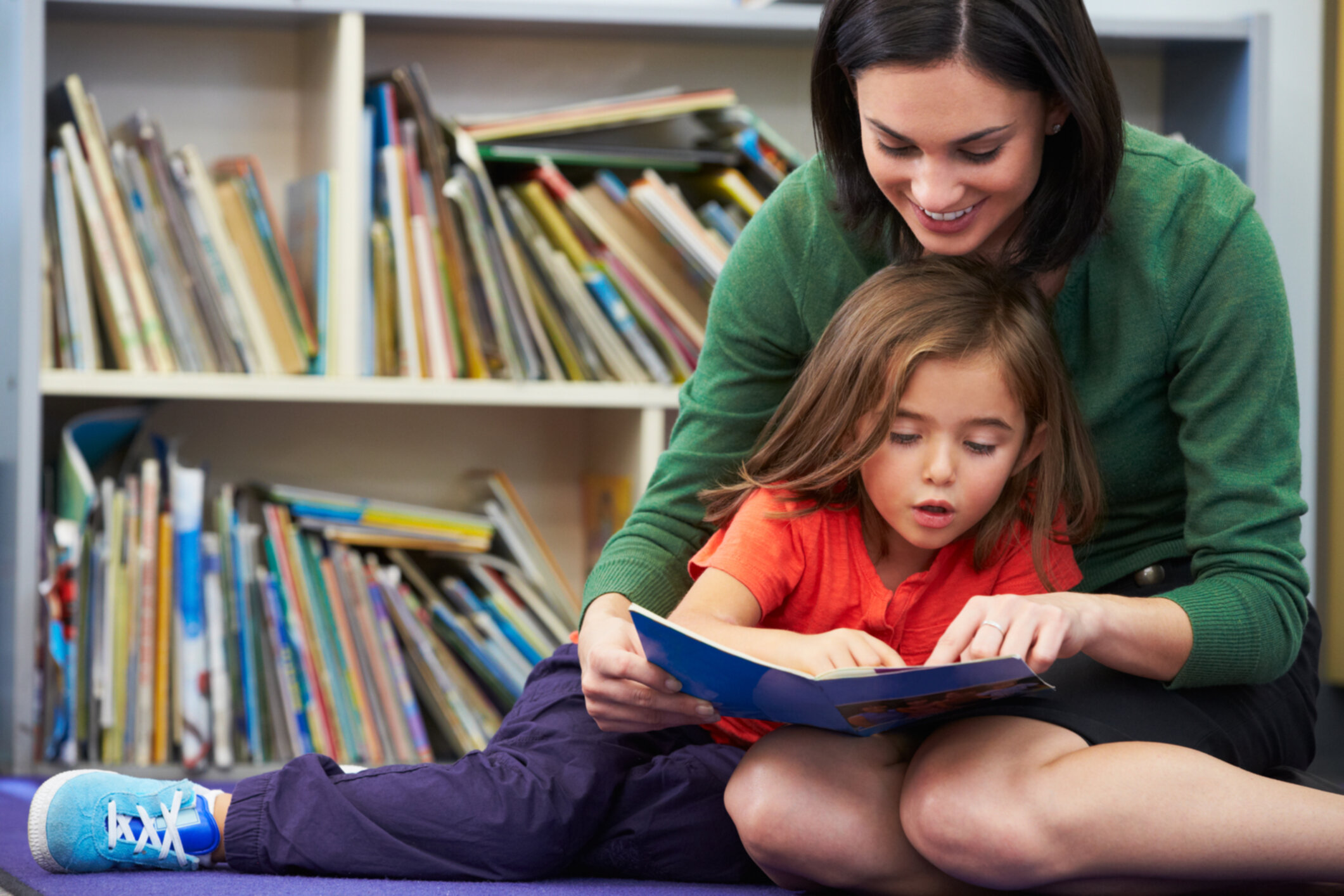 The Basic Components of Family Literacy
The Basic Components of Family Literacy
According to the policy paper “Changing the Course of Family Literacy,” the basic components of family literacy were formulated in the late 80s/early 90s with the nationally- funded “Even Start Family Literacy Program.”
Between 2011 and 2012, this program eventually dwindled out after numerous studies reported that, for various reasons, it was no longer having as big an impact as it should be, said the policy paper. After it dissolved, the numbers of programs like this were reduced.
As of early 2017, for instance, the policy paper said that there is about 18 federal programs that include family literacy in their legislation, most of which are passed to the states.
Despite eliminating Even Start funding, the concept of family literacy still remains strong, said the paper. Even though the concept has changed, it adds that the Adult Education and Family Literacy Act continues to refer to the four-component, family literacy model for assisting English Language Learners (ELLs) and/or economically-challenged families.
Based on a report by the University of Central Florida (UCF), it consists of:
- Adult education
- Childhood education
- Parent and Child Together (PACT) Time
- Parent education
The adult education component provides basic education skills with the goal of leading to economic self-sufficiency. Childhood education has to do with activities for children using the latest research in brain development and reading. A family literacy article by the Reading Rockets website says that this component also specifically includes early childhood education for preschoolers. The PACT component relates to interactive literacy activities between parents and kids.
The report also provides information on parental involvement. It states that parent engagement can take various forms such as homework assistance, talking about school-related issues, and reading with their children, says the Department of Education.
One program that’s making a big difference for Hispanic family literacy is the Latino Family Literacy Project. Essentially, the Project is a parent involvement program that educates families and helps them establish a successful at-home, bilingual reading program. Teachers can attend a one-day training at a workshop near them or through an online webinar.
